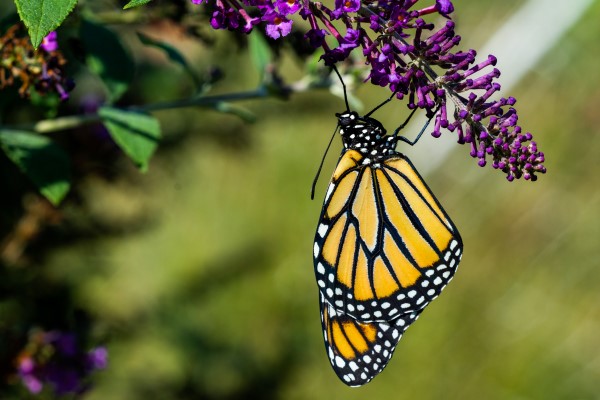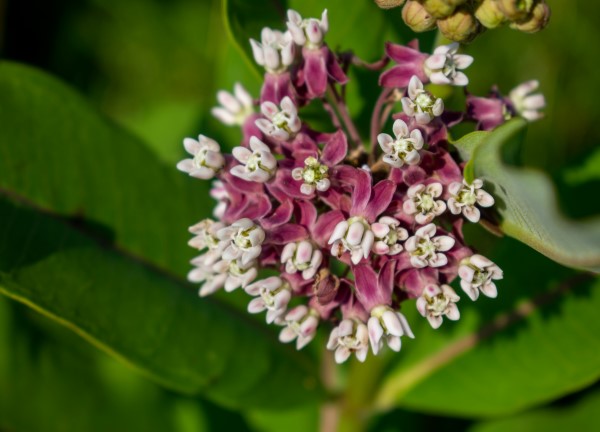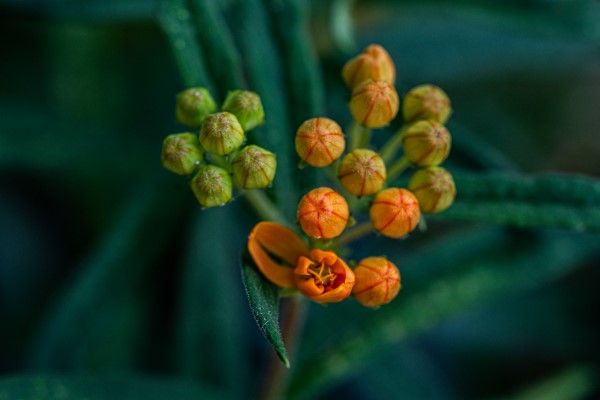
So, it’s official. The beloved monarch butterfly is on the endangered list. Though the news is not surprising, it’s extremely disappointing for those of us who have worked diligently to try to secure the longevity of this beautiful species.
It’s easy in times like this for some to feel defeated, but I feel confident that we as humans can turn the clock back and fix what we’ve broken.
The gray wolf, the southern white rhinoceros and Louisiana black bear have all been removed from the endangered species list because of the conservation efforts made by humans. Let’s add the monarch to that list!
The monarch is a very special creature. It’s one of the most recognizable species in North America. It holds the title of the only two-way migratory butterfly in the world and is famous for its epic annual journey from central Mexico to southern Canada.

Photos by Ashleigh Newnes
Okay, we’ve established they are worth saving. But how? Milkweed, milkweed, milkweed! Plant it, protect it, tell everybody you know about it. Milkweed is a monarch’s lifeline. No milkweed? No monarch. That is exactly what is happening due to the overuse of pesticide, the destruction of natural areas, and the absence of native plants in our landscapes. Add to the list the presence of invasive species and the practice of over-mowing, and there is simply not enough milkweed for the monarchs.
Want to do your part to help the monarchs? It’s simple, which is really cool. How many endangered species can we actively save, and watch it happen in our own backyards? What’s promising about the monarch situation is that each of us has the power to really do something to make a difference and watch that play out before our eyes.
If you happen to be lucky enough to have milkweed growing on your property, don’t mow it. Not only are you mowing their lifeline, but chances are that plant is full of caterpillars and eggs, and you are killing a lot of monarchs.
No milkweed? No worries. Check out Murfreesboro’s Indigenous Plant Project’s (MIPP) native nursery or buy seeds online. I think you’ll find the plant will bring you so much joy. You can watch the monarch life cycle, enjoy the gorgeous, intricate blooms on any kind of the milkweed species and know that your garden is a part of something so much bigger.

Maybe you have no idea what milkweed looks like. Several sites around us have well-established milkweed patches. There is a native garden at Barfield Crescent Park near the Wilderness Station, the landscaped plot between the Discovery Center and its parking lot, the pollinator plot at Old Fort Park, and even along the median on I-24 between exits 97 and exit 110. Once you recognize this plant, you may begin to see it everywhere along country roads and highways.
Small acts can make big impacts, and if you, reader, do your small acts, and you encourage your neighbor to do their small acts, soon enough, that amounts to a huge change for the better. As one of my favorite people said: “What you do makes a difference, and you have to decide what kind of difference you want to make.” — Jane Goodall













